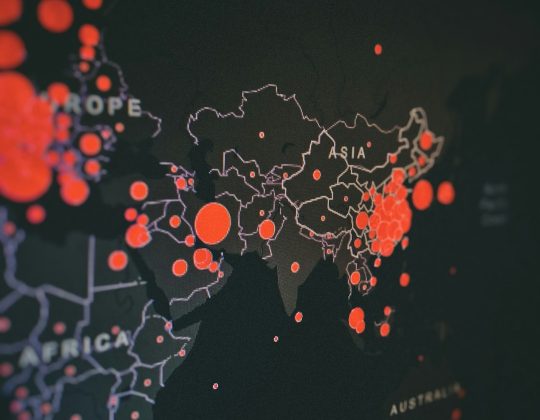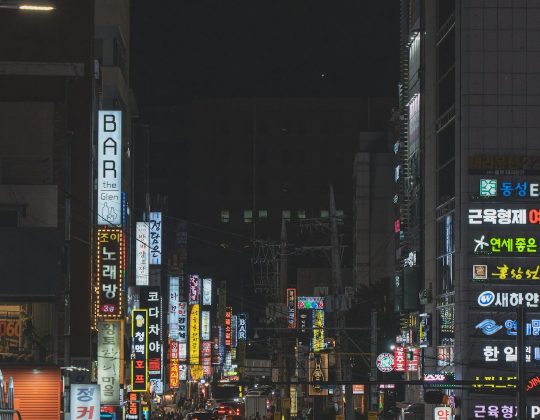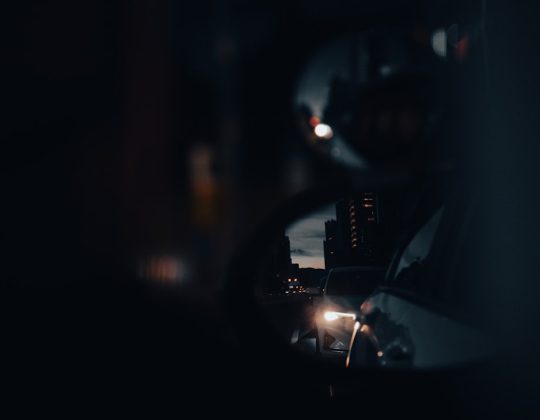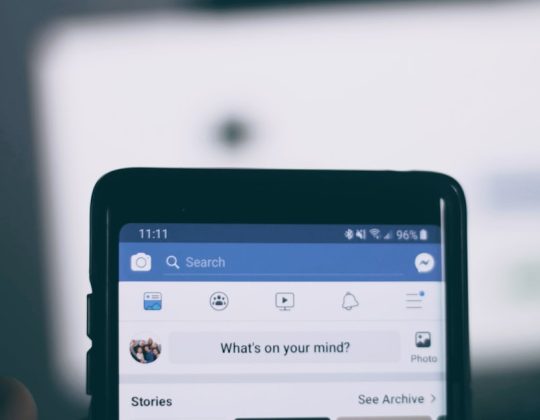In the competitive world of digital marketing, brands are constantly looking for ways to make their video content stand out and drive results. One area that continues to gain momentum is the use of artificial intelligence in video creation—particularly for ads. One brand recently leveraged Ads AI video technology specifically for YouTube pre-roll ads and saw an impressive 2.5x increase in views. Here’s a comprehensive look at how they did it and what other businesses can learn from their success.
Understanding Ads AI Video Technology
Ads AI video tools use machine learning algorithms to analyze and repurpose content, create new video ads tailored to audience behavior, and optimize footage for maximum engagement. These platforms often integrate features like auto-captioning, scene analysis, performance prediction, and individualized targeting.
For this particular brand—let’s call it BravaSkincare, a mid-sized skincare company—investing in AI-generated video ads was part of a broader strategy to increase brand awareness, website traffic, and ultimately, sales. But the choice to focus on YouTube pre-roll ads was strategic.
Why YouTube Pre-Roll?
YouTube pre-roll ads are the short video ads that play before a user’s selected video. They can be skippable after five seconds or non-skippable, depending on the format chosen by the advertiser. For brands, they represent a massive opportunity because:
- YouTube has over 2 billion logged-in monthly users.
- Video content consumption is growing exponentially.
- Viewer targeting capabilities are highly sophisticated.
However, with opportunity comes saturation. This is where AI becomes essential. Traditional ad creation, even with skilled marketers and production teams, can’t compete with AI’s speed, iterative testing, and data analysis capabilities.
BravaSkincare’s Problem: Flat Engagement on Traditional Ads
Before incorporating AI, BravaSkincare produced finely crafted video content using professional video crews and creative directors. While these performed reasonably well, the engagement metrics were flat. The videos were visually appealing but lacked personalization and urgency. Metrics like click-through rate (CTR), view-through rate, and cost per view (CPV) were stagnant.
The internal marketing team knew something had to change—not in quality, but in how they executed and optimized video content.
Step 1: Creating the First AI-Powered Video Ads
With the help of an Ads AI platform, the brand took footage from existing campaigns and allowed the software to:
- Segment effective scenes based on viewer engagement data.
- Apply predictive algorithms to suggest attention-grabbing intros.
- Adjust pacing, transitions, and text overlays suited for mobile viewing.
- Tailor versions of the ad for different audience segments based on behavior and interests.
Critically, the software tested multiple combinations—hundreds, in fact—of format, sequence, and messaging. These were run as A/B tests in small batches to determine top-performers.
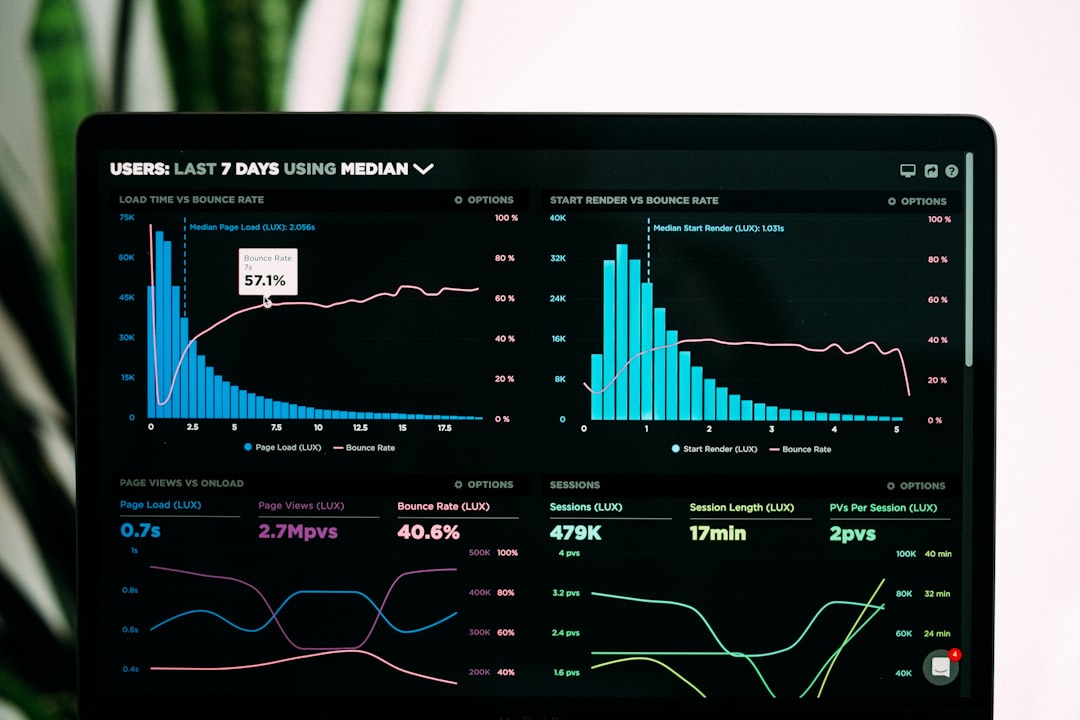
Step 2: Launching the Ads on YouTube
The AI-optimized ads were rolled out as 15-second and 6-second YouTube pre-rolls. Different versions were shown based on user demographics, watch history, and time of day. Some examples of real-time variations included:
- A “hydration” message targeted at late-night viewers.
- A “morning glow routine” ad showcased during early mornings.
- Localized product endorsements using city names or weather mentions.
By utilizing real-time data and adaptive messaging, BravaSkincare was able to strike an emotional and contextual chord with viewers—critical for holding attention during pre-rolls.
The Results: 2.5x More Views, Lower Ad Spend
The campaign ran for 90 days and delivered powerful results:
- 2.5x more views compared to their previous best campaign.
- 37% lower cost per view (CPV).
- More than double the click-through rate (CTR).
- Higher brand recall measured via post-campaign surveys.
Not only were viewers watching the AI-generated videos longer, but they were also interacting with the brand more deeply—clicking, subscribing, and even purchasing products directly from the links in the videos.
Perhaps most significantly, time-to-launch dropped by over 60% compared to manual production timelines. Instead of months-long campaigns, videos were deployed in a matter of days and iterated in real-time.
Lessons Learned from the BravaSkincare Case Study
This campaign offers several key insights for marketers thinking about integrating AI into their video strategy:
1. AI Doesn’t Replace Creatives—It Enhances Them
Creative teams were still deeply involved in this campaign. The difference was that AI did the heavy lifting with generative edits, analysis, and predictive modeling. This freed up human talent to focus on storytelling, branding, and campaign strategy.
2. Contextual Customization Increases Resonance
AI-enabled customization—right message, right time, right person—moved the needle. Audiences today crave relevance. Ads simply perform better when they speak to the individual rather than the masses.
3. Rapid Experimentation Reduces Risk
Instead of launching just one or two heavily-invested video ads, BravaSkincare used AI to test multiple concepts in parallel. Low-performing versions were retired early, and high performers were scaled—entirely algorithmically.
Image not found in postmeta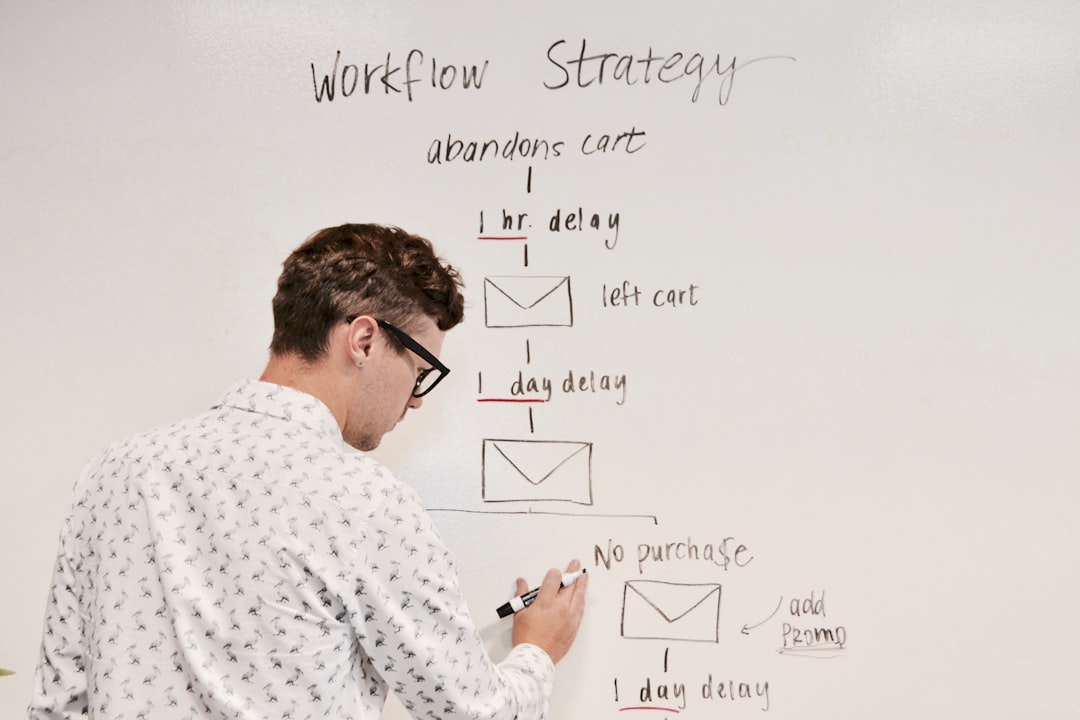
How Other Brands Can Replicate This Success
The power of AI in video marketing is no longer reserved for tech giants. Mid-market brands with tight budgets can also benefit from this approach. Here’s how to get started:
Step 1: Choose the Right AI Video Platform
Tools like Magisto, Pictory, Lumen5, and enterprise offerings from Adobe Sensei or Google Ads AI can generate high-quality, data-driven content. Evaluate platforms based on ease of integration, targeting options, and analytical depth.
Step 2: Leverage Existing Content First
You don’t need to start from scratch. Upload old footage and let the AI analyze it. Most platforms will suggest edits, cuts, and even music overlays suited to each particular audience segment.
Step 3: Test Micro-Campaigns Before Scaling
Run multiple small-scale campaigns before investing in large media buys. Prioritize versions that not only drive views, but also trigger desired actions (clicks, purchases, signups).
Step 4: Use Real-Time Analytics to Adjust
AI-powered dashboards offer immediate insight into video performance. Use this data to fine-tune audience targeting, messaging, and ad placement.
The Future of Video Advertising Is Here
Artificial intelligence isn’t just another buzzword—it’s quickly becoming a necessity for competitive video advertising. Platforms like YouTube provide immense opportunities for brand visibility, but standing out in a crowded space requires more than great visuals. It demands intelligence, adaptability, and relevance.
What the BravaSkincare case illustrates is that effective video marketing is no longer about producing “the perfect ad.” It’s about producing many smart ads—each one designed, iterated, and personalized by AI to create exactly the experience that converts a passive viewer into an engaged customer.
If your brand is ready to elevate its video strategy, using Ads AI video for YouTube pre-rolls might be the smartest next move.





